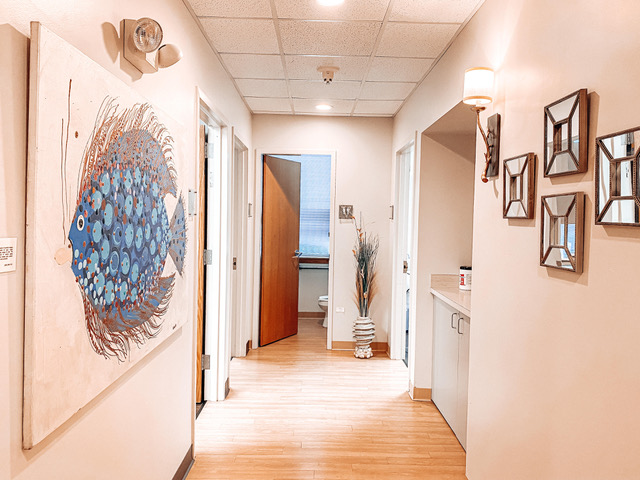Rhinoplasty, commonly known as a nose job, is a surgical procedure designed to reshape or reconstruct the nose. It can address aesthetic concerns, such as size, shape, or symmetry, and functional issues like breathing difficulties due to structural abnormalities. The procedure can involve altering bone, cartilage, and skin to achieve the desired outcome. Recovery typically involves swelling and bruising, with results becoming clearer over time.


